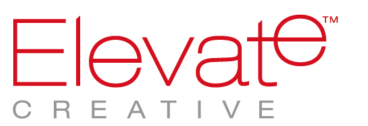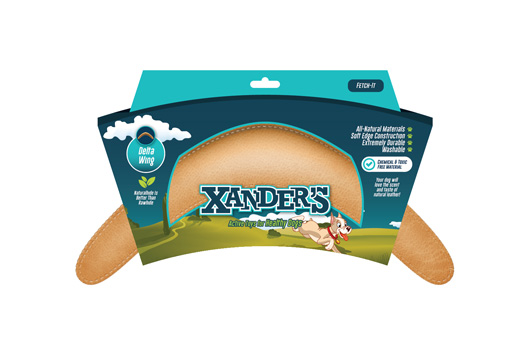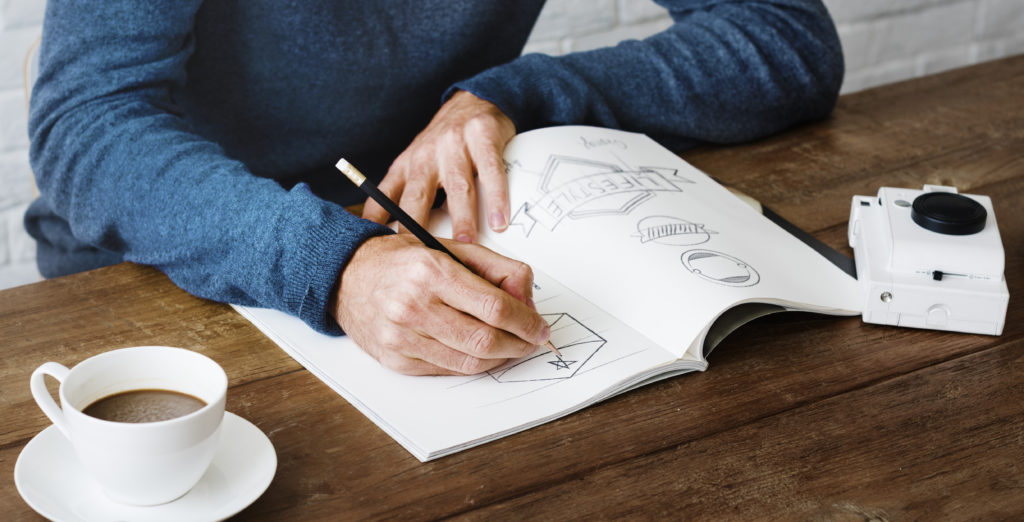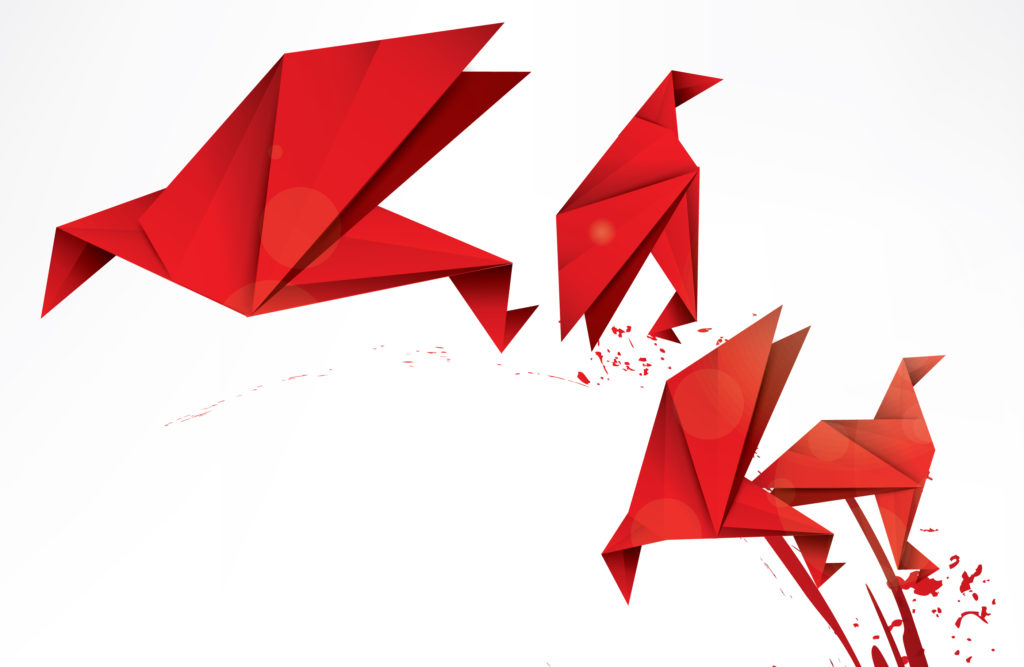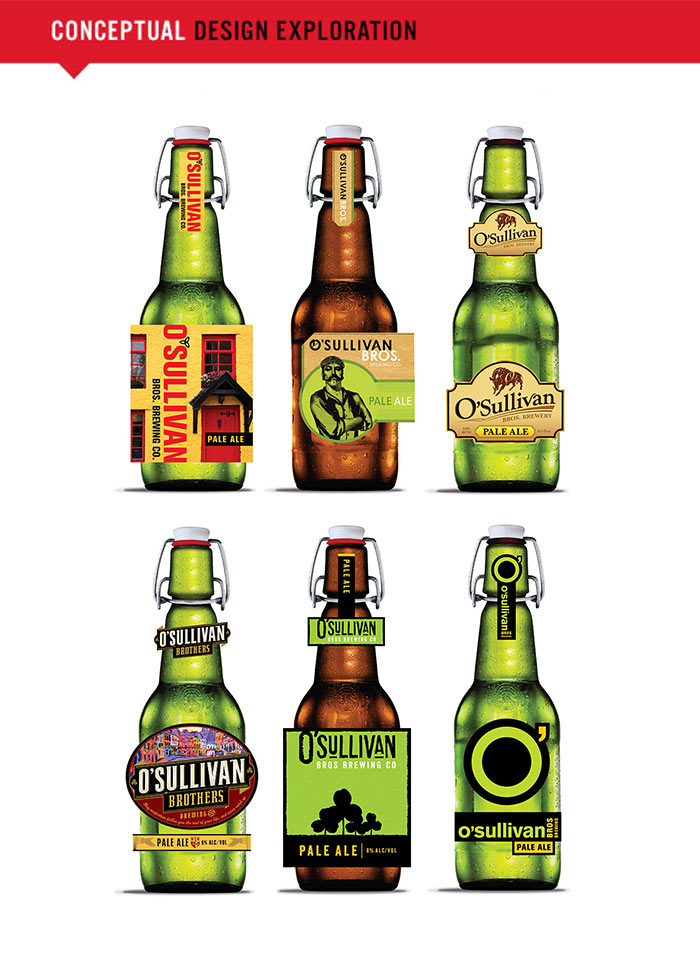Important Packaging Materials For Businesses
Have you taken a look at the packing of an iPhone or the flagship-tier models of Samsung Galaxy? With just a glance, you will be able to perceive the quality, significance, and importance of the product. This is the power of packaging materials and companies are using this knowledge to their advantage.
There are tons of packaging material to choose from the current market, making it difficult for select the right option for your business. Here are seven types packaging materials that you can consider to boost the experience of your product and customers.
Chipboard packaging
This type of packaging is mainly used in industries that deal with beverages, cosmetics, food, and medicines. It is a type of paperboard that is made from reclaimed paper stock. It can be easily formed, folded, and cut. It is opted by a large number of companies as it is a cost-effective packaging solution. As the material is lightweight, you cannot use chipboard packaging for transporting heavy items. Also, the packaging can get damaged if there is moisture in the storage area.
Corrugated boxes
Commonly known as cardboard, corrugated is one of the most widely used packaging material in the world. Depending on the items that have to be carried, the strength and durability of the of the box can be varied. These packaging materials can be reused and recycled, making it environmentally friendly. You will find corrugated boxes for almost all kinds of products, ranging from refrigerators to TVs.
Paperboard boxes
It is a lightweight and durable paper-based packaging material. It can easily be cut and altered to create different structures and shapes. It is mainly used to make the packaging more personal. It is made either from by converting recycled waste paper or wood into pulp and bleaching it. Paperboard boxes are mainly used for packing cosmetics, milk, juice, frozen food, and medicines to name a few.
Plastic boxes
Plastic is another material that is widely used in the packaging products. It has replaced a large number of traditional materials such as ceramic, leather, wood and glass. Plastic boxes are stronger than paperboard boxes and it can be recycled. It can also be made airtight to preserve food in all types of conditions. It is also popular because the customer can view the product from any angle. You will find plastic boxes for earphones, medicines, and beverages.
These packaging materials are extremely important for your business as it can boost the appearance of your products. Also, using the right materials will save you a lot of money as your product won’t get damaged during transportation or storage. If you have any queries about packaging materials, leave a comment below.
Check out the Food Package Design Company for great packaging designs.
